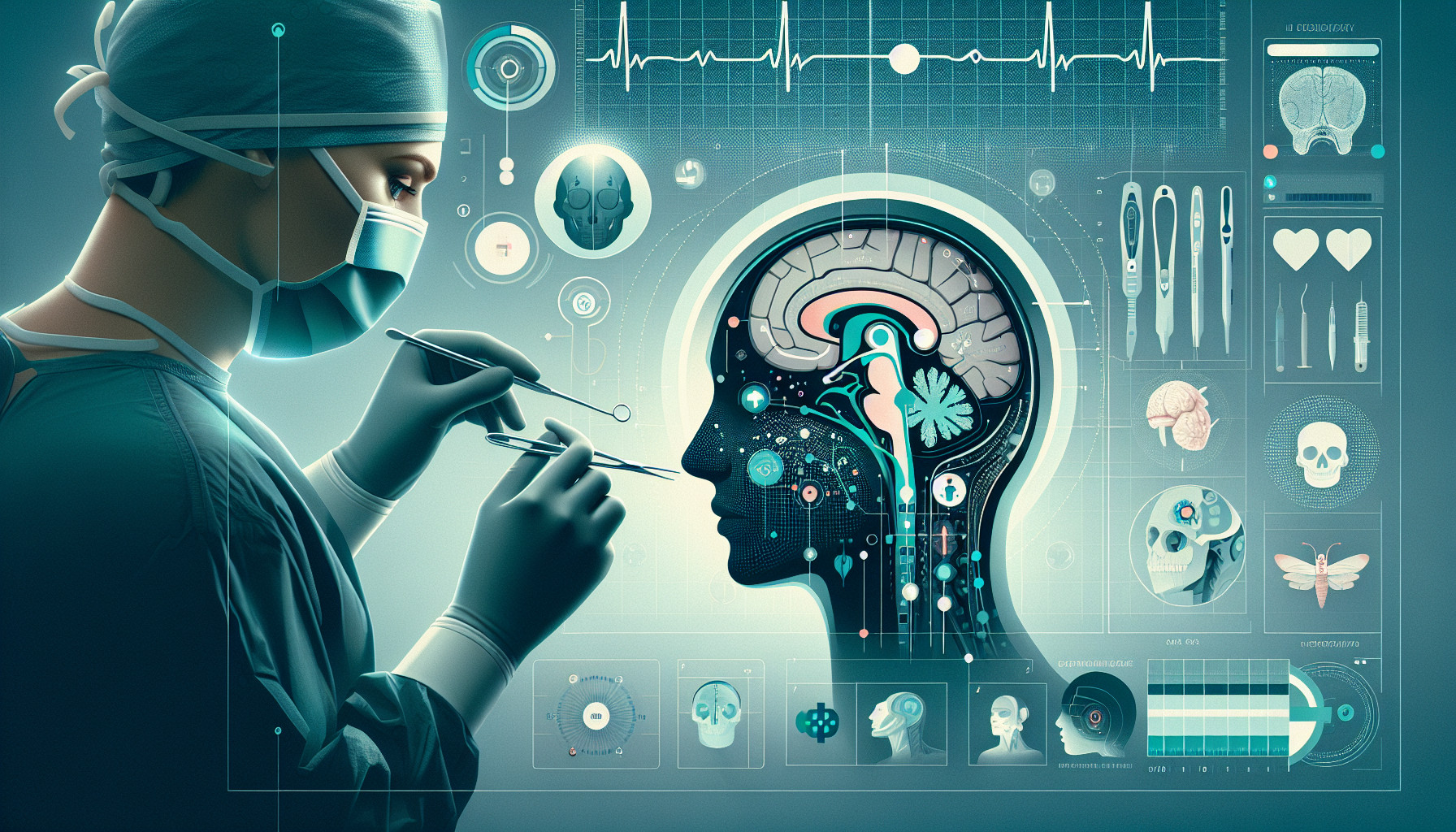Our Summary
The research paper explores the suitability of online exams for dental students as an alternative to traditional face-to-face exams, due to the changes brought about by the COVID-19 pandemic. The study compared the performance of students who took a newly developed online exam (Tele-OSCE) with those who took a traditional exam (OSCE) before the pandemic.
The online exam was taken by fourth-year dental students and certified maxillofacial surgeons. It consisted of three sections, each lasting five minutes, and was conducted using Zoom software. The performance of the students in the online exam was compared to that of students who took a traditional exam in 2019.
The study found that there were no significant differences in the overall performance of the students between the two types of exams. However, both students and examiners felt that demonstrating and assessing practical skills were limited in the online format. Despite this, the students did not fear being misjudged in the online format.
In conclusion, the study suggests that online exams could provide a viable alternative to traditional exams for dental students, especially during times when face-to-face contact is restricted. However, further improvements are needed to better assess practical skills.
FAQs
- What is the Tele-OSCE online exam that the research paper discusses?
- What were the main findings of the study comparing online and traditional exams for dental students?
- How did the students and examiners feel about demonstrating and assessing practical skills in the online format?
Doctor’s Tip
A helpful tip a doctor might tell a patient about maxillofacial surgery is to follow all pre-operative instructions provided by the surgeon. This may include fasting before the surgery, stopping certain medications, and avoiding smoking or alcohol. Following these instructions can help ensure a successful surgery and smooth recovery process.
Suitable For
Patients who may be recommended for maxillofacial surgery include those with:
Facial trauma: Patients who have suffered injuries to the face, such as fractures of the jaw, cheekbones, or nose, may require maxillofacial surgery to repair and restructure the affected area.
Jaw misalignment: Patients with abnormalities in the alignment of the upper and lower jaws, such as overbites, underbites, or crossbites, may benefit from orthognathic surgery to correct the alignment and improve function and appearance.
Temporomandibular joint (TMJ) disorders: Patients with disorders affecting the TMJ, such as chronic pain, clicking or popping sounds, and limited jaw movement, may require maxillofacial surgery to alleviate symptoms and improve jaw function.
Facial deformities: Patients with congenital or acquired facial deformities, such as cleft lip and palate, craniofacial syndromes, or facial asymmetry, may undergo maxillofacial surgery to improve facial aesthetics and function.
Oral and maxillofacial pathology: Patients with tumors, cysts, or other abnormalities in the oral and maxillofacial region may require surgery to remove the pathology and restore normal function and appearance.
Overall, maxillofacial surgery is recommended for patients with a range of conditions affecting the face, jaws, and mouth, with the goal of improving function, aesthetics, and quality of life.
Timeline
Before maxillofacial surgery:
- Patient undergoes a consultation with a maxillofacial surgeon to discuss their condition and treatment options.
- Patient may undergo various diagnostic tests such as X-rays, CT scans, and dental impressions to assess the extent of their condition.
- Patient may be required to complete pre-surgical preparations such as fasting before the surgery.
- Patient may meet with an anesthesiologist to discuss anesthesia options for the surgery.
After maxillofacial surgery:
- Patient wakes up in the recovery room following the surgery.
- Patient may experience pain and swelling in the surgical area, which can be managed with pain medication and ice packs.
- Patient may be instructed to follow a soft diet and avoid certain activities to promote healing.
- Patient will have follow-up appointments with the surgeon to monitor their recovery and address any concerns.
- Patient may undergo physical therapy or speech therapy to regain function in the affected area.
- Patient will gradually return to normal activities as they heal and recover from the surgery.
What to Ask Your Doctor
Some questions a patient should ask their doctor about maxillofacial surgery include:
- What specific procedure(s) do you recommend for my condition?
- What are the potential risks and complications associated with the surgery?
- What is the expected recovery time and post-operative care plan?
- How experienced are you in performing this type of surgery?
- Are there any alternative treatment options available?
- Will I need to undergo any additional tests or imaging before the surgery?
- What type of anesthesia will be used during the surgery?
- What are the success rates for this type of surgery?
- What can I expect in terms of pain management during the recovery process?
- How soon can I expect to see results or improvement after the surgery?
Reference
Authors: Seifert LB, Coppola A, Diers JWA, Kohl C, Britz V, Sterz J, Rüsseler M, Sader R. Journal: GMS J Med Educ. 2022 Nov 15;39(5):Doc50. doi: 10.3205/zma001571. eCollection 2022. PMID: 36540562
